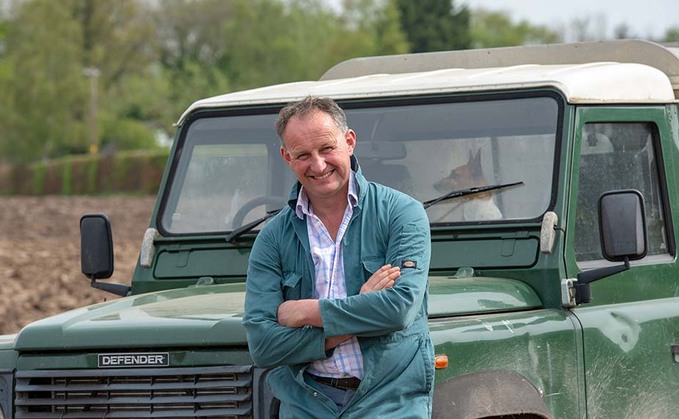
Early May and finally the heavens have opened. All being well, by the time you read this temperatures will have risen, we will be in warmer conditions and finally grass growth will be able to match appetites...

Early May and finally the heavens have opened. All being well, by the time you read this temperatures will have risen, we will be in warmer conditions and finally grass growth will be able to match appetites...
Farmers are helping schoolchildren to experience the joy of farming
FG explains what happens next as proposed Inheritance Tax changes move through Parliament
Seven Seeds film features the Duchy's Focu Farms which are already on their way to adopting more climate and nature friendly faming systems